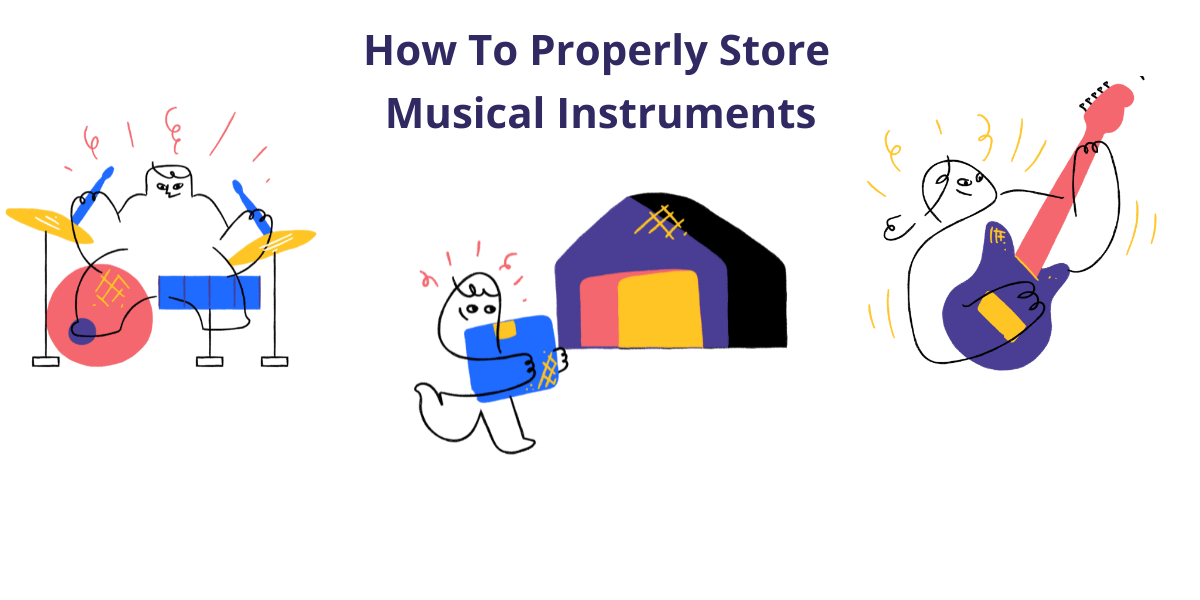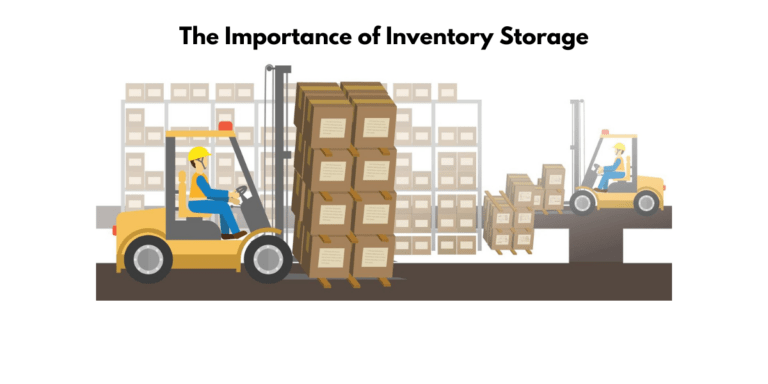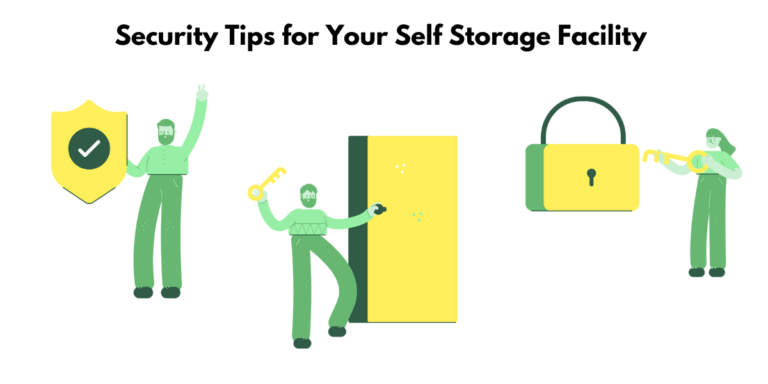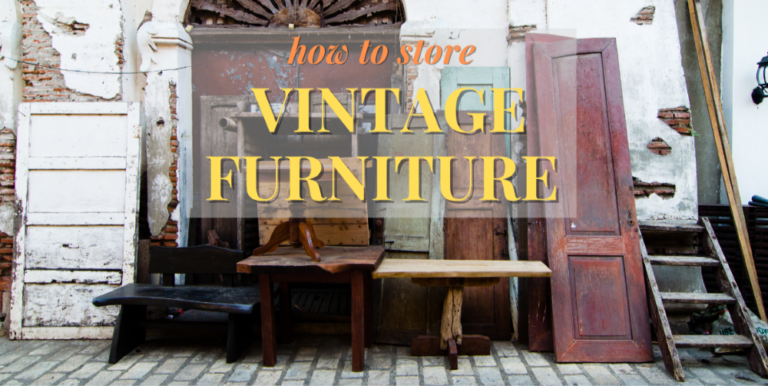Climate-controlled storage: What are the requirements for optimum musical instrument storage?
Why is climate-controlled storage required to store musical instruments?
The main reason for climate-controlled storage is to pass on an instrument to children and band members who may be moving away. The instruments can last more than a lifetime if well-maintained.
One of the best ways to ensure that your musical instrument is in good shape and lasts as long as possible is by storing it properly. For an instrument to be stored effectively, specific requirements must be met.
What type of musical instrument are you storing?
If you store your instrument for an extended period, it needs to be in a safe place that is climate-controlled. Even if the instrument is in a hard case, it can still sustain damage. If you have any questions about whether or not your musical instrument will be safe from damage, ask yourself these questions:
- Is my storage space dry?
- Does my room stay at around 70 degrees Fahrenheit (21 degrees Celsius)?
- Am I storing it properly?
If you’re storing a musical instrument, it’s important to consider the requirements for optimum climate-controlled storage. The first thing that should be considered is whether or not your instrument is going to fall over due to its weight and if there are any things on top of it. If so, soft cases that you can get from typical musical instrument stores can help with this issue because they’re lightweight and transportable.
However, if you need an item stored longer than two weeks or want one in a safe place with easy access all year long, a hard case can be the way to go.
If you’re storing your musical instrument for long periods, a hard case is the best way to protect it from environmental damage. Additionally, if storing an instrument in a climate-controlled facility and the outside temperature fluctuates frequently, then having one will also provide protection from UV light exposure.
The instrument cases are lined with plush velvet to minimize damage from the case sitting on a hard surface. The lining also provides some cushioning, so instruments don’t get scratched and look more professional.
You need to understand that climate-controlled storage is necessary to protect your valuable musical instruments, particularly if they’re expensive or vintage pieces of equipment such as pianos, guitars, harpsichords, and organs.
To keep musical instruments in top-notch condition, it’s important to store them properly.
One thing that can cause damage is the lining of a storage unit. It’s essential for those who want their belongings protected from dust and dirt particles that get into an instrument over time, but not all linings are created equal. Clean cotton bed sheets do well at keeping long-term protection without risking any sort of damage or harm to the items stored in your climate-controlled storage unit; this helps prevent the buildup of layers that can accumulate on an instrument.
Woodwinds
Temperature-controlled storage is a must for musical instruments. Instruments should be stored in tissue paper to avoid pressure on the joints and prevent cracking.
Woodwinds should be cleaned before being stored. Instrument owners can clean their instruments with a cloth and vacuum cleaner or wipe them down with a wet towel. After this is done, the instrument owner should store each piece in its own case to prevent damage from dust and other environmental factors.
The most important thing to keep in mind when working with woodwinds is that you should always use the right tools for the job. This goes for both woodwind instruments and household cleaners, of which there are many. Household cleaners can be incredibly damaging because they contain chemicals that may cause damage or harm if used on an instrument.
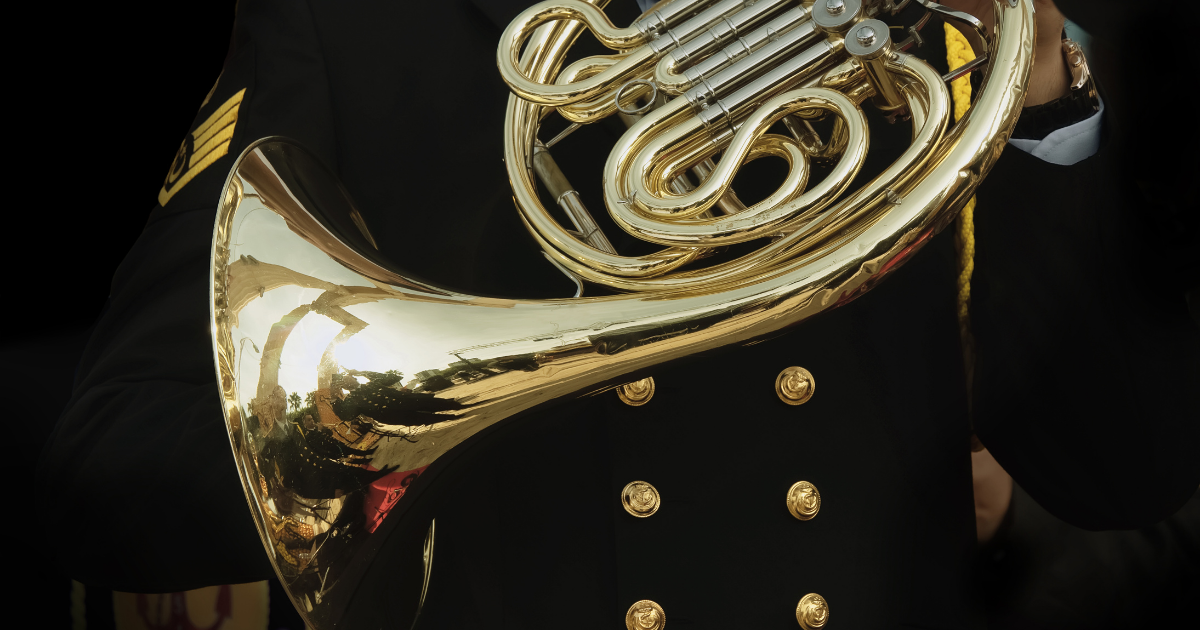
Brass
Brass is a type of brass alloy that can be used in the creation of musical instruments. It has thicker and more durable walls than bronze, which makes it suitable for use with higher-pressure valves.
Brass instruments should be cleaned and dried to avoid corrosion. Brass instruments are susceptible to damage from the chemicals used to clean them. For example, when brass is exposed to chlorine, it will corrode over time. Wipe them down completely, and don’t use soap or abrasive cleaners on the surface of brass items.’
Brass is a strong and malleable metal that can be used in many applications. However, it should be stored away from the air for reasons of tarnishing.
Strings
If you want to store your string instruments, leave them slightly loose. Strings can be stored in a climate-controlled environment if they are kept away from light and heat sources. To maintain the instrument’s color and finish in mint condition, the strings are often coated with a material called rosin. This coating is created through pressure-firing or by mixing powdered rosin into polymer resins.
Strings are generally subject to damage from temperature and humidity. This is why they need special care when it comes to stringed instruments, such as guitars, violins, or cellos. Stringed instruments are prone to damage in extreme temperatures and humidity. The strings can break, the bow can snap, or the instrument’s wood core could become warped. Storing guitars can be more complex than simply putting them in a case and stowing them in a cabinet.
Percussion
Percussion is the sound produced by objects moving against each other. It can be created by rolling a ball, tapping with your fingers, or hitting something hard like metal.
When storing your instruments, you should make sure that they are kept in a climate-controlled environment. Percussion instruments will benefit from loose skins to help them keep their shape and avoid stretching out of tune.
Store drums in original cases to avoid damage. If a drum is damaged, there is a possibility that the sound quality could change over time. Drum skin tension can be decreased to prevent stretching, and this will help maintain a tighter drum head.
Keyboards/Pianos
Keyboards and pianos should be wrapped in heavy padding to prevent any damage. The bench, pedals, and legs of a piano must also be wrapped in padding to ensure the best storage conditions for your instrument.
What is the best idea for piano storage? Keep them wrapped, there are three options: use an old tarp, sheeting, or even plastic. The Best Solution would be wrapping it with a sheet so that dust and debris cannot get inside the instrument.
How to store musical instruments
Musical instruments should be stored off the ground. This will prevent them from getting wet and experiencing moisture damage. Musical instruments should also not be stacked on top of each other, as this can cause harm to the wood or metal structure.
The climate-controlled storage of musical instruments is a tricky process. The requirements for optimum musical instrument storage include flat surfaces and easy access to all parts to keep them safe from damage or deterioration over time. Shelving can help organize the instruments and make it easier for individuals to distinguish which are their own when they want to play on any given day; this also prevents the need for constant searching through clutter or having too much stored away at once.
To store musical instruments, they must be protected from temperature fluctuations. Wooden pallets or casters can do the trick while keeping them away from dust and humidity at all times. This will also allow for more effective cleaning and maintenance of your instrument’s case.
The storage requirements for musical instruments are fairly loose, but some guidelines can be applied. In general, a climate-controlled location with no direct sunlight is best, and the humidity level should be between 40% and 60%.
Being able to store an instrument properly is not just a luxury anymore. It’s a necessity. It can be tricky if you don’t know what to do and how long the instruments should stay in storage.
Instrument cases or other types of musical equipment must be wrapped with plastic bags or tarps so that they are stored from drafts and temperature changes over time.
Prepare your instrument
When storing musical instruments, it is important to make sure that they are in a climate-controlled environment. A good cleaning will keep the instrument’s wood and metal components from becoming dry or corroded.
When preparing your instrument, never use household cleaners since they can damage the instruments. Instead, use a soft cloth or tissue for cleaning purposes.
Before you take the instrument out of storage, make sure it’s ready for use. If a good case and climate-controlled unit are not enough, do a deep cleaning of your instrument to avoid any problems before playing.
Before starting the process, make sure to clean your instrument with alcohol and a cotton cloth.
When you’re cleaning your instrument, it’s important to also polish and protect the surface. Polishing removes any scratches or marks that can cause damage as well as protects against corrosion and dirt buildup.
Rent a climate-controlled unit
Climate-controlled storage is an option for storing musical instruments that need to be kept at a certain temperature. The temperature, humidity, and length of time in a climate-controlled unit can have drastic effects on musical instruments. Artists should be careful about how their equipment is handled when renting out space for rehearsal or recording sessions.
A climate-controlled unit is an ideal storage spot for your musical instruments because they can go out of tune, grow mold or mildew, and even warp. If you have a steady space that has good airflow, it’s the best place to store them.
Climate-controlled units are typically rented for instruments that can be damaged by extreme weather. If you’re looking for a place to store your belongings, consider renting an air-conditioned unit. The temperature and humidity can help reduce the amount of damage that occurs because it helps protect against mold as well as mildew.
If you want to keep your unit at a specific temperature and humidity, renting an indoor air-conditioned space is the best option.
Use the right kind of case
The best kind of case for storing your instrument is a hard one. Hard cases protect your instruments from UV light damage and insects, so they are more likely to last longer.
When it comes to instrument cases, there are three types: soft case, hard case, and gig bag. The best kind of case depends on your needs. If you’re going to use the guitar often or every day for a long period (such as during an international trip), then invest in a soft case because they offer more protection than a hard one but less than that offered by gig bags.
To avoid damage, cases are made of different materials. There is a hard case for long-term storage with better protection against physical and environmental damage.
There are a few considerations to keep in mind when renting an instrument. For example, you should be aware of how much padding is inside the case and consider whether or not climate control would help preserve your instrument by keeping it cool during transport.
To avoid damaging the instrument, one should use acid-free paper between it and its case. When using an instrument that is new or not used often, a good practice would be to place it in a climate-controlled unit for at least 24 hours before beginning any work (that includes cleaning).
Maintaining your instruments
It is important to visit your instruments at least once a year, even if you plan on storing them for the off-season. This will help keep them in shape and out of harm’s way.
Do not just leave your precious musical instrument in a cabinet with no additional protection. If you’ve prepared them for storage, there shouldn’t be much worry about damage from insects.
If you have a wood instrument, it is important to check for insect damage. The instruments should also be checked regularly so that they are kept in good condition and do not warp or break apart due to humidity changes.
It is important to maintain your instruments. This typically looks like wormholes that are discolored and warping but also include cracks or corrosion on the metal components of an instrument. Be careful when inspecting for these things in storage as well because they can be a sign of negligence which could lead to legal consequences if not addressed properly.
If you need help with your instruments, there are many services available to provide this for you. Services range from repairs and restoration in a variety of ways that give the instrument back its original form to more extensive work like replacing parts or even adding enhancements.
When you are using your instrument, it is important to maintain and take care of it properly. If you see any signs of damage or if anything seems off about the instrument, bring it in for repair immediately so that no further damage can be done.
The most important thing to consider while storing your instrument is how it will be stored. Even if you pack and store properly, the climate can make a huge difference in whether or not an instrument survives. Instruments should always be regularly checked on by someone who knows what they are doing so that unforeseen damages do not ruin them before their time.
When storing an instrument, it is important to keep it in a climate-controlled environment. If you are not sure about the requirements for storage of your specific instrument, ask someone who knows or do some research.
Considerations should be made when considering what to do with instruments that have been damaged. Tornadoes and floods are two examples of natural disasters that could potentially damage an instrument, but there are also many other scenarios such as fire or vandalism.
What if climate control is not an option?
It is important to store musical instruments in a climate-controlled environment. If this is not an option, many other things can be done to ensure instrument safety and longevity. For example:
- Ensure the case has adequate ventilation holes for air circulation
- Use smaller boxes or containers when possible
- Pack each instrument individually with its own album of packing materials
Furthermore, climate-controlled storage is not always an option, and a wooden instrument’s natural properties can cause it to shrink and crack.
If you don’t have the luxury of storing your instruments in a climate-controlled environment, then one way to prevent this from occurring is by placing them on their side or upside down during transport. This will ensure that they remain stable throughout transit as well as prevent any further damage that may occur due to floor creases or being placed on their lid for too long while being transported.
The climate-controlled storage facility is one of the most important aspects for optimum musical instrument storage ideas. The safety and security that come with a safe storage vault have an impact on both your business and customers, as it provides them peace of mind knowing their items will be kept in ideal conditions.
In addition to this, other factors such as humidity control can affect the overall condition of items stored within a space controlled by temperature or relative humidity levels.
- Climate-controlled storage: What are the requirements for optimum musical instrument storage? - February 5, 2022
- Good Reasons Why Self-Storage Is Amazing and Worth It - February 1, 2022

